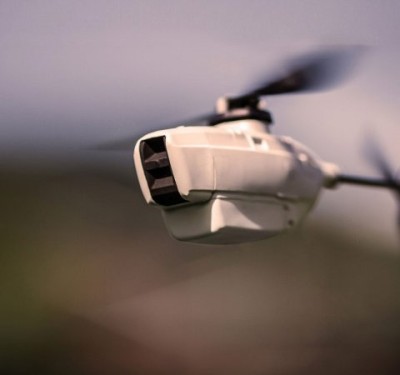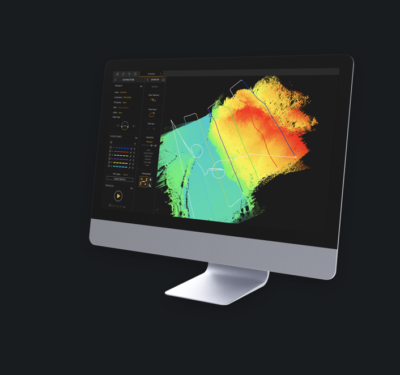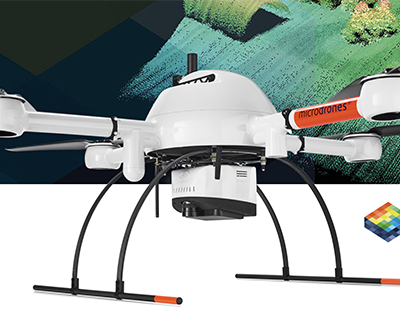
CAPTION: Photo: DJI Phantom 3 Standard captured in mid-air by Leon Jansen. DJI
While some recreational drone flyers are unhappy with new registration requirements, the website they soon will be using could help commercial drone operators now saddled with a carbon-copy process.
The Federal Aviation Administration announced Monday that hobbyist operators are now required to register unmanned aircraft ranging in size from 0.55 lbs. to 55 lbs. at a soon-to-be launched website. Those who already own drones have until Feb. 19 of next year to complete the process. Those with a drone purchased after Dec. 21 need to register it before they fly it outdoors.
According to the more than 200 pages of rules released by the FAA that new website should be open to commercial operators by the end of March, enabling them to drop an antiquated system that relies on snail-mailed forms.
The opportunity to file for a registration number online would be a big step forward for companies, said Mark McKinnon, an attorney with the unmanned practice at the Dentons law firm.
“The current system is very cumbersome,” he explained, requiring drone operators to manually fill out a multi-layered form “You know those forms that have the white copy and then a pink copy and a green copy and then the under copy.”
You keep one copy and mail in the rest, he said, then wait 2 or 3 weeks for a registration number.
“For commercial users it would definitely be faster, and that is I think one thing that they’re concerned about,” said McKinnon. “In theory I suppose the turnaround would be very fast. I think for the paper system it can be two or three weeks between the time you send your paperwork in and you get your final registration.”
According to the rule the FAA will allow commercial operators and others flying unmanned aerospace systems (UAS) as “other than model aircraft” to use the web site. Researchers, for example, might fall under this provision as well.
“I think there is certainly interest on the commercial side to be able to make use of a more streamlined system than what currently exists in the paper-based version,” said Michael Sievers, an attorney with Hunton & Williams who co-heads the firm’s unmanned practice.
Until that time commercial operators must continue to use the existing aircraft registration process, said FAA spokesman Les Dorr.
The system announced Monday was developed in response to the rising number of near misses between drones and airplanes and incidents over the summer where unmanned aircraft hampered efforts to fight wildfires.
The new site, which is still being tested, remains under wraps. It should be available starting December 21 through a link at https://www.faa.gov/uas/.
Registrations will be good for three years and one operator can register multiple unmanned aircraft under the same number. Flyers will need to have proof of registration with them when they fly though that can be stored on a cell phone.
The FAA will be taking comments on the rules for 30 days after they appear in the Federal Register. The interim rules can now be found at www.faa.gov/news/updates/media/20151213_IFR.pdf.
Operators who register early can save a bit of money.
“To encourage as many people as possible to register quickly, we’ll wave this fee for the first 30 days that the registry is open,” Transportation Secretary Anthony Foxx told reporters.
“AUVSI is pleased that the FAA has moved forward with a final registration rule that will lead to increased accountability across the entire aviation community,” said Brian Wynne, president and CEO of the Association for Unmanned Vehicle Systems International. “Under the FAA’s proposed small UAS rule released earlier this year, commercial operators would be required to register their platforms. Extending this requirement to consumer UAS operators will help promote responsibility and safety.”
AUVSI was part of the task force that drafted recommendations for the new program, as were manufacturers, operators, retailers and airline interests.
Also helping with the recommendations was the Academy of Model Aeronautics, the leading organization for recreational flyers, which had a decidedly different perspective.
“AMA is disappointed with the new rule for UAS registration,” said Dave Mathewson, the organization’s executive director in a prepared statement.” As a member of the task force that helped develop recommendations for this rule, AMA argued that registration makes sense at some level and for UAS flyers operating outside the guidance of a community-based organization or flying for commercial purposes.”
The registration requirement runs counter to the Special Rule for Model Aircraft in the FAA Modernization and Reform Act of 2012, he said, “and makes the registration process an unnecessary burden for our more than 185,000 members who have been operating safely for decades.”
Mathewson also noted that the question of whether model aircraft should be considered aircraft is the subject of pending litigation.
Deputy FAA Administrator Michael Whitaker told reporters that there was no issue with the legality of requiring registration.
“The 2012 Act,” he said, “was focused on not imposing new regulations on hobbyists and amateur users. The (need for) registration was actually not impacted by that. The registration requirement has been a long-standing requirement for all aircraft in the system. There’s really no conflict between us two statutory mandates.”
The penalties for failing to register are currently the same as for failing to register a manned aircraft and could reach tens of thousands of dollars — though Whitaker stressed repeatedly that registration was meant primarily to provide a way to reach and educate new aviators entering the system.
“The initial focus is to get the word out and work with local law enforcement so that they can also get the word out to ensure compliance with registration,” Whitaker said “But in the event of people who choose not to do that, we do have, of course, penalties available.”






